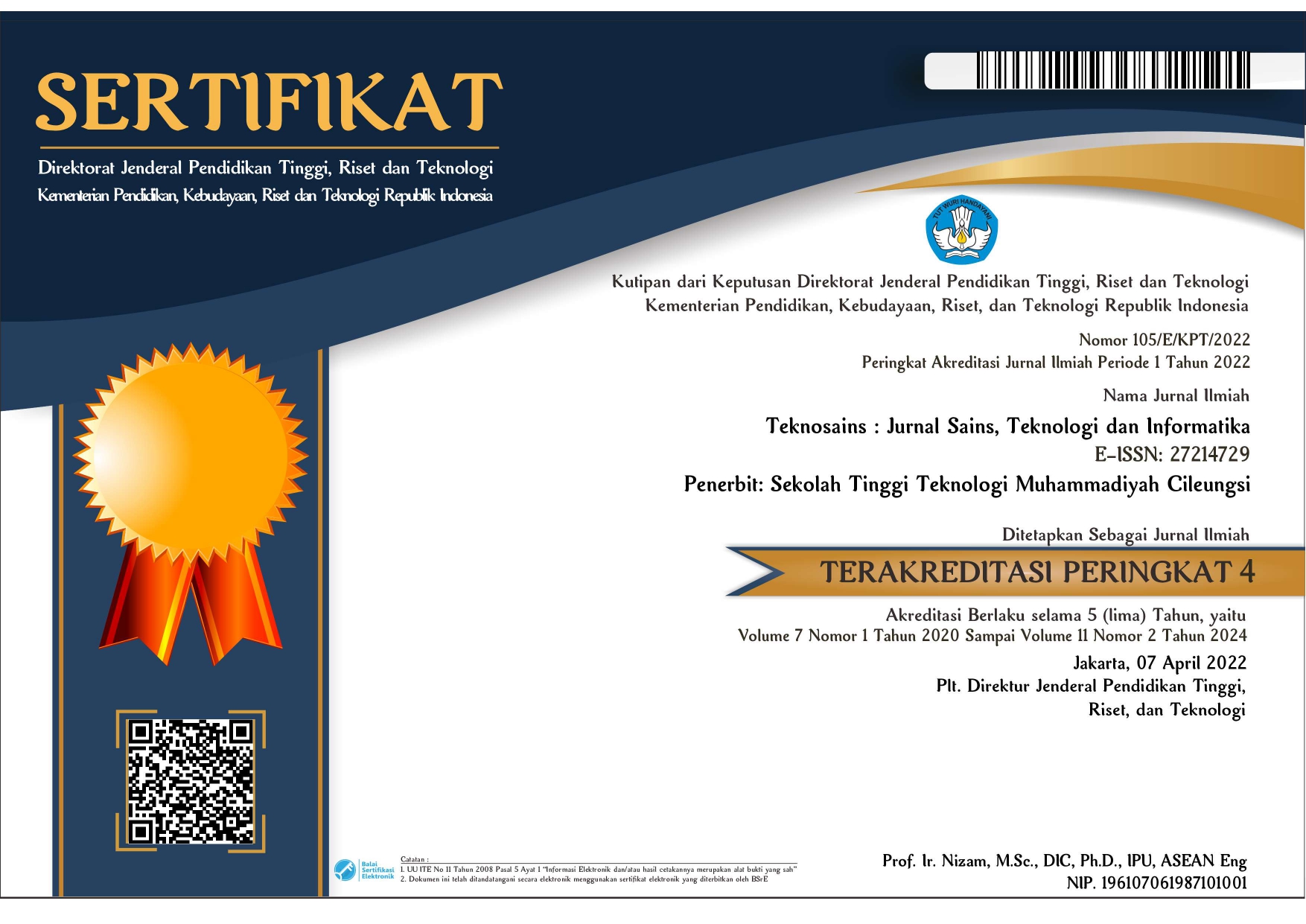Advantage power transformer low Losses with a case study on 30/60 MVA 150/20/10 kV transformers
Abstract
Transformers have a lengthy service life of 30 to 40 years and are used to transfer electrical power to distribution and transmission systems. The great efficiency and low losses of this static electricity machine are two of its advantages. can aid in lowering greenhouse gas emissions and protecting the environment. While transformers can experience several losses, two main types of losses typically arise: 1. Ohmic or copper losses; and 2. Core or iron losses. This study compares the benefits of low-loss transformers (143 kW) to high-loss transformers (258 kW). It focuses solely on the design and environmental aspects of copper losses (also known as load losses) and core losses (sometimes known as no-load losses). This study's methodology combines qualitative and quantitative methods with a case study of a 30/60 MVA transformer with a voltage rating of 150/20 kV and a mineral oil cooling system. The study concludes is that low-loss transformer design is important, this results in an efficiency increase from 99.57% to 99.80%, losses of 55.4% lower, and an approximate 25% increase in total weight. Environmentally speaking, it can reduce greenhouse gas emissions by approximately 31,347.87 tCO2e, making it more cost-effective, competitive, and environmentally friendly than transformers with 258 kW of total losses
Copyright (c) 2024 Asep Saepudin, Hilman Sholih

This work is licensed under a Creative Commons Attribution-NonCommercial 4.0 International License.










